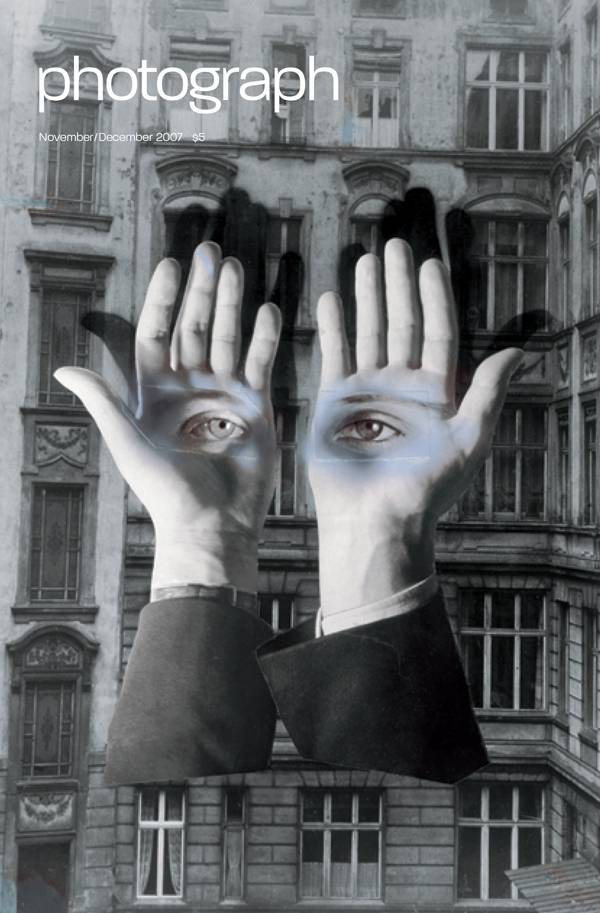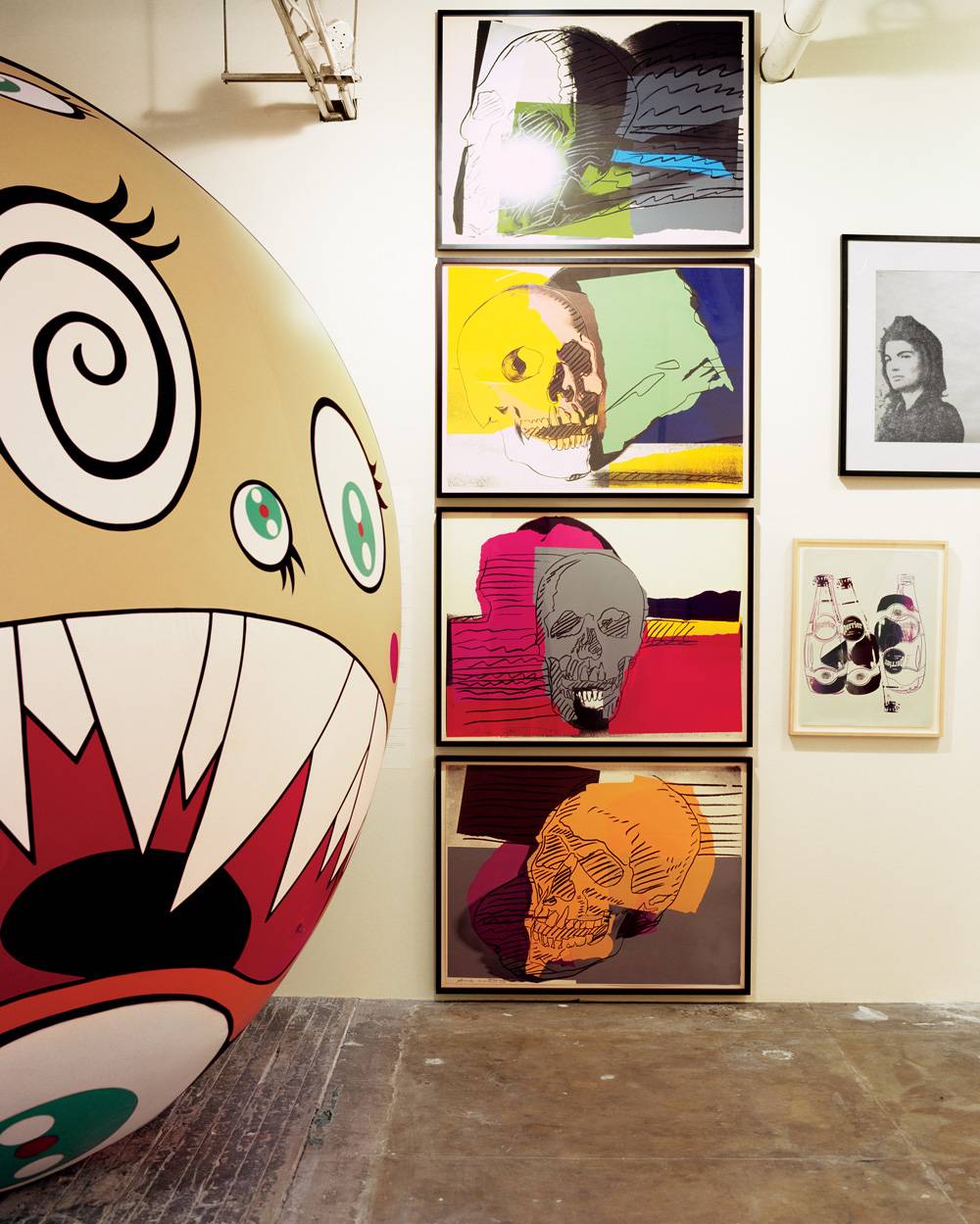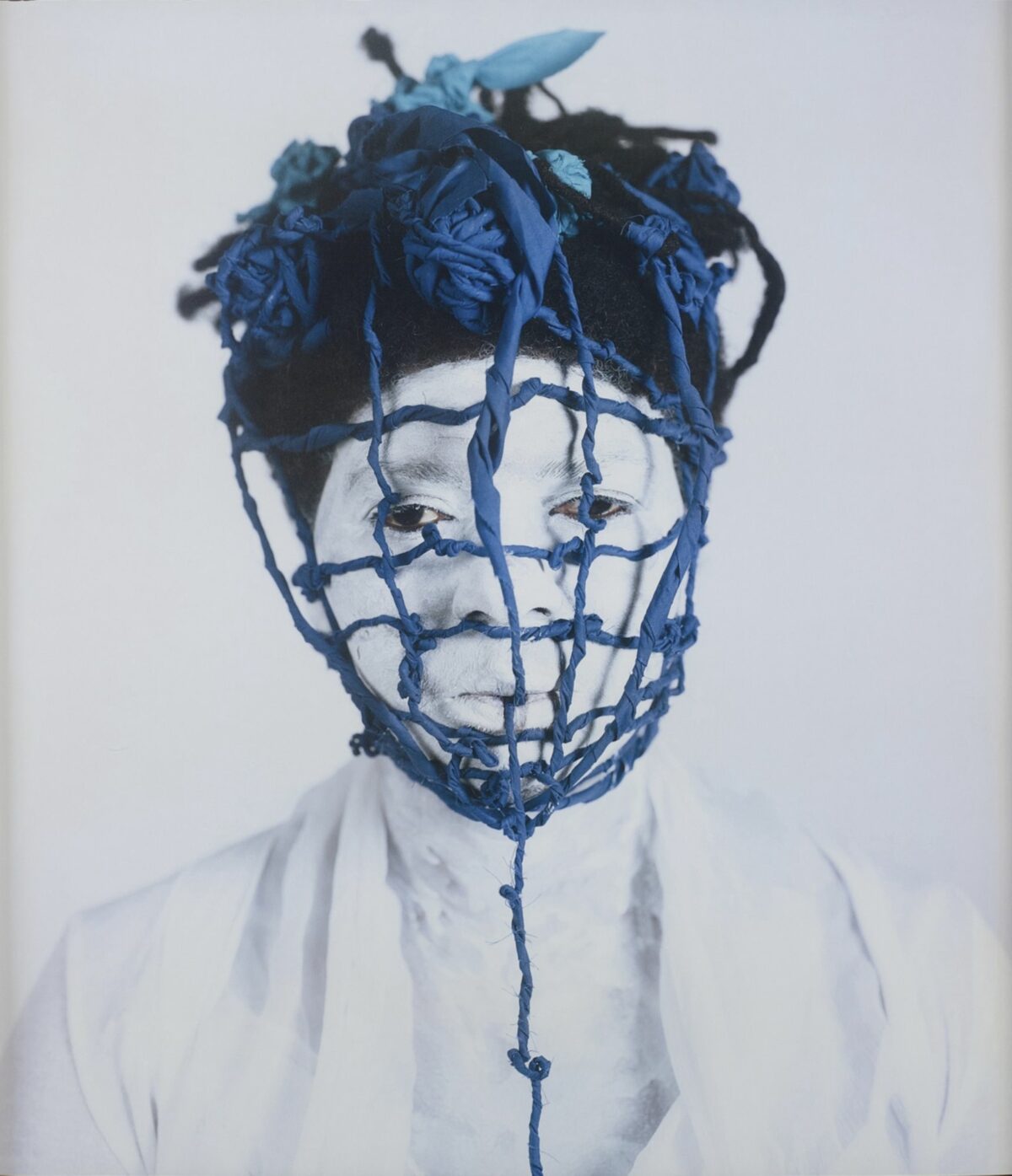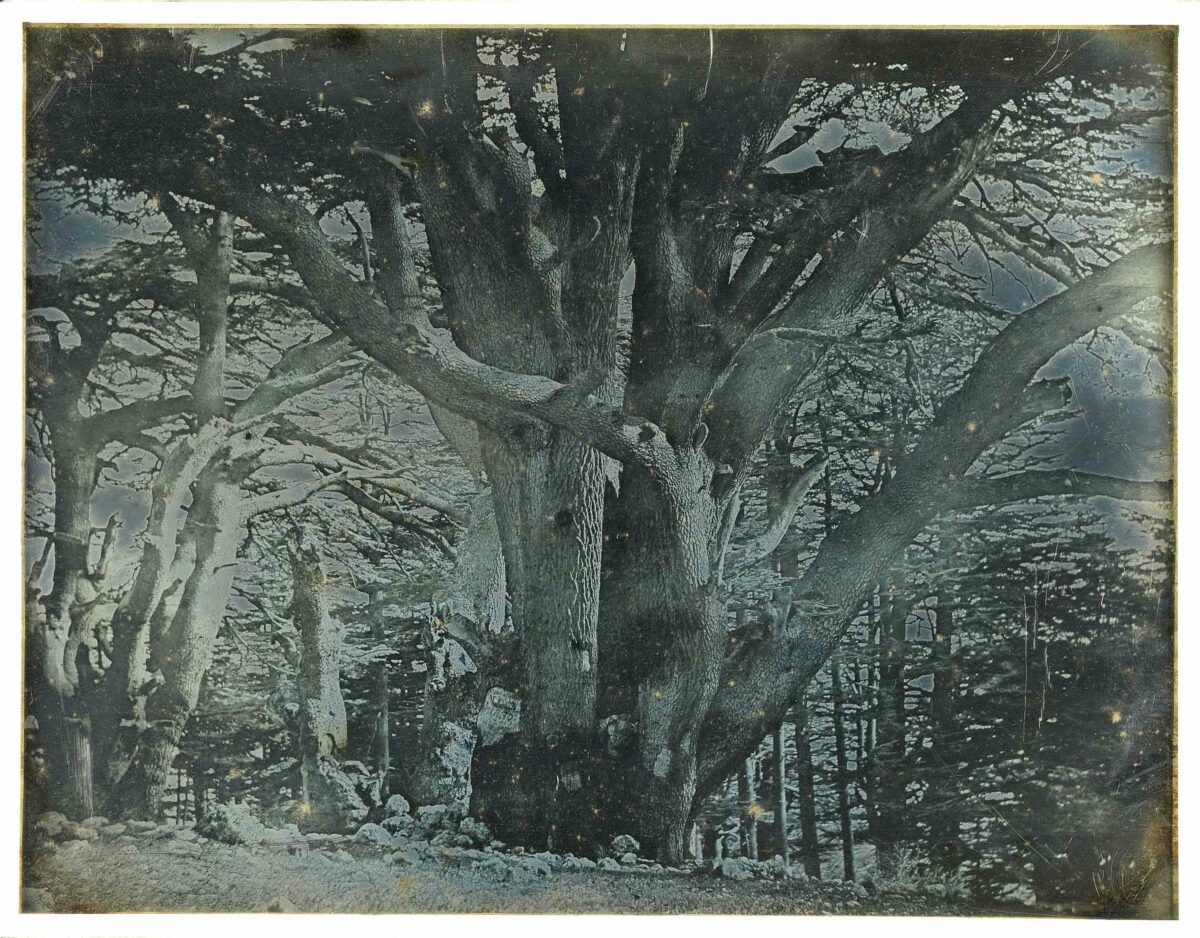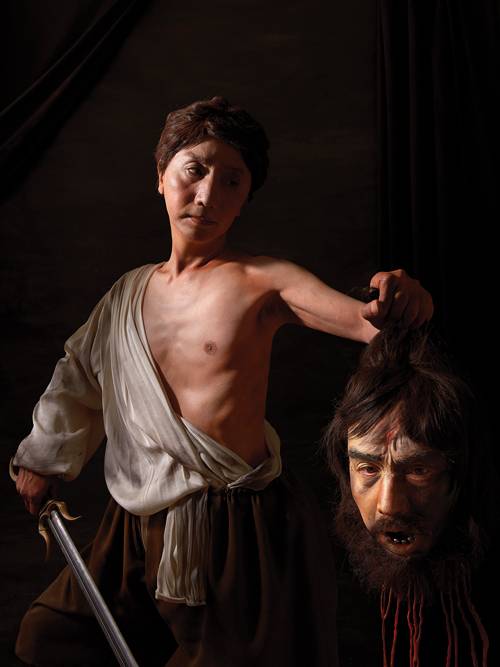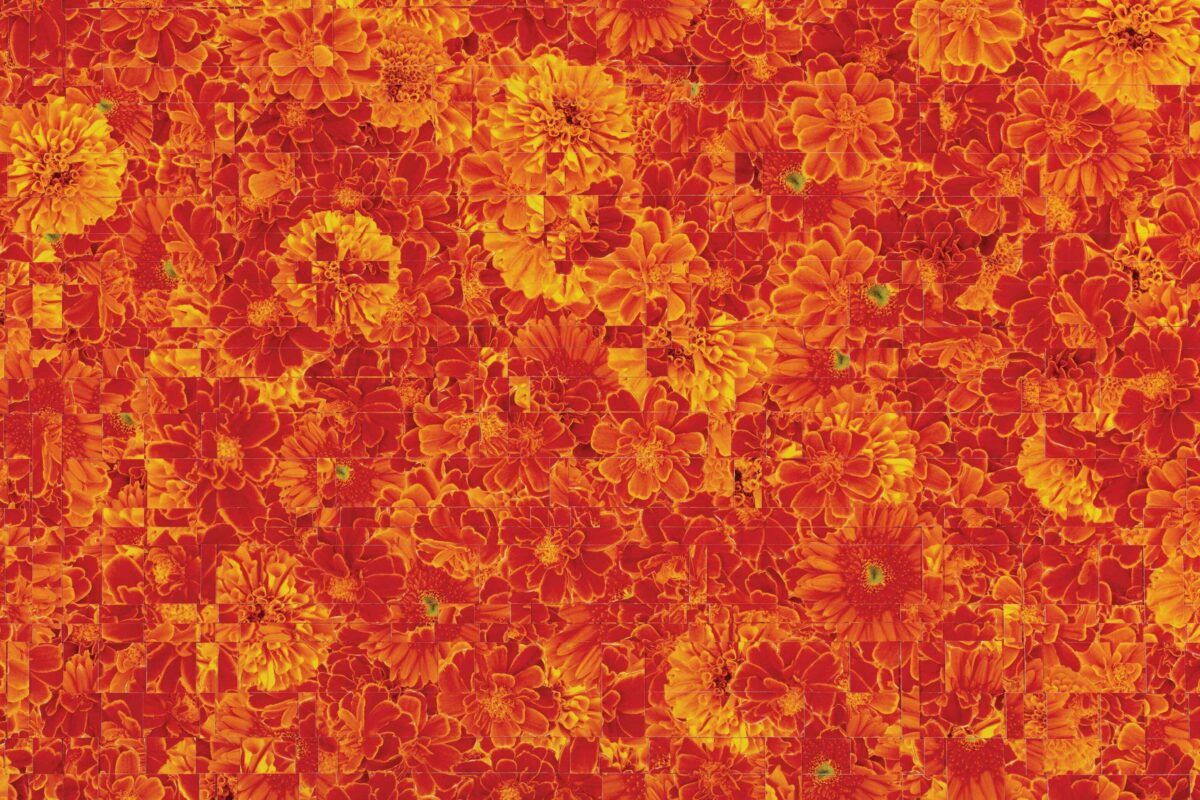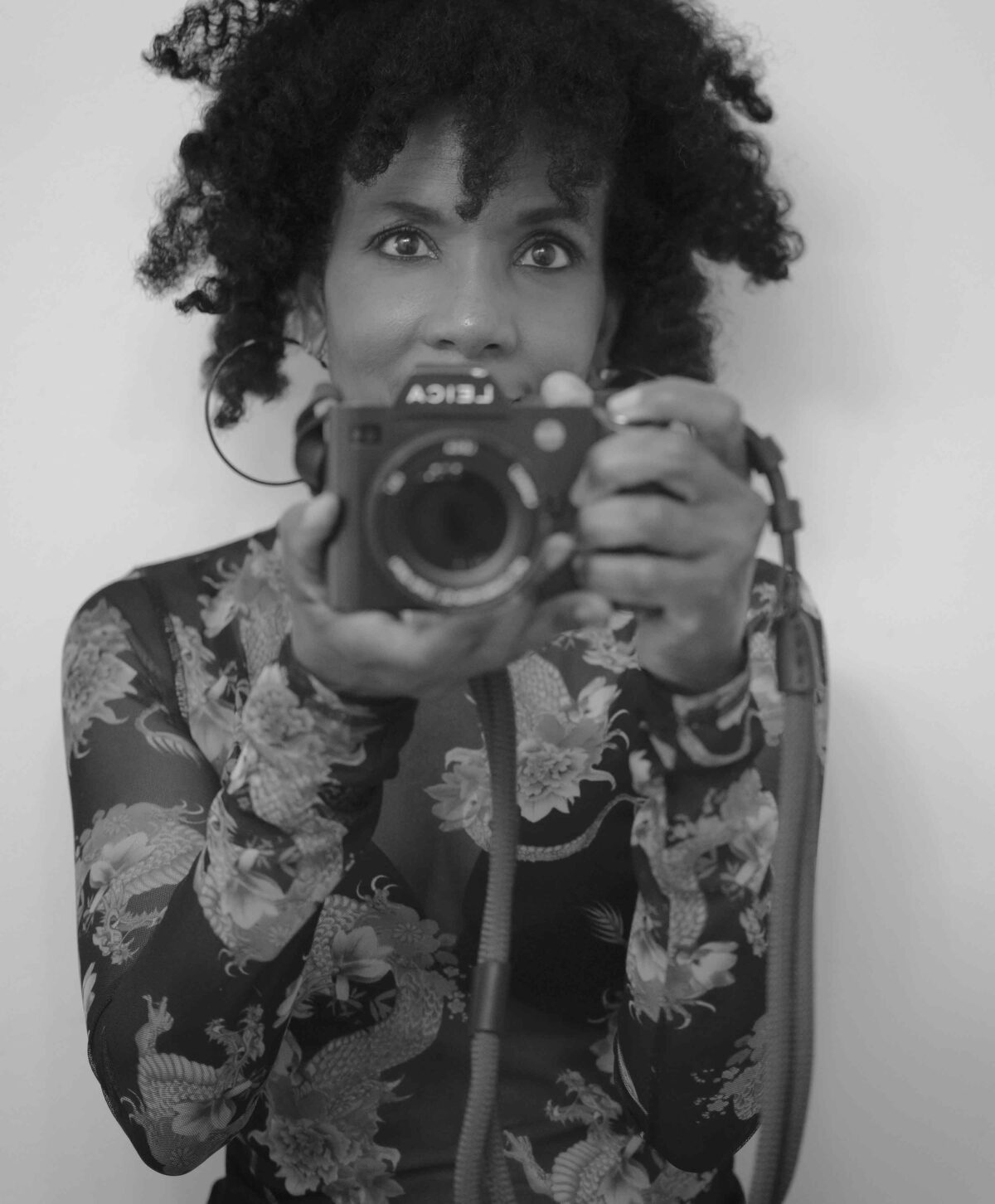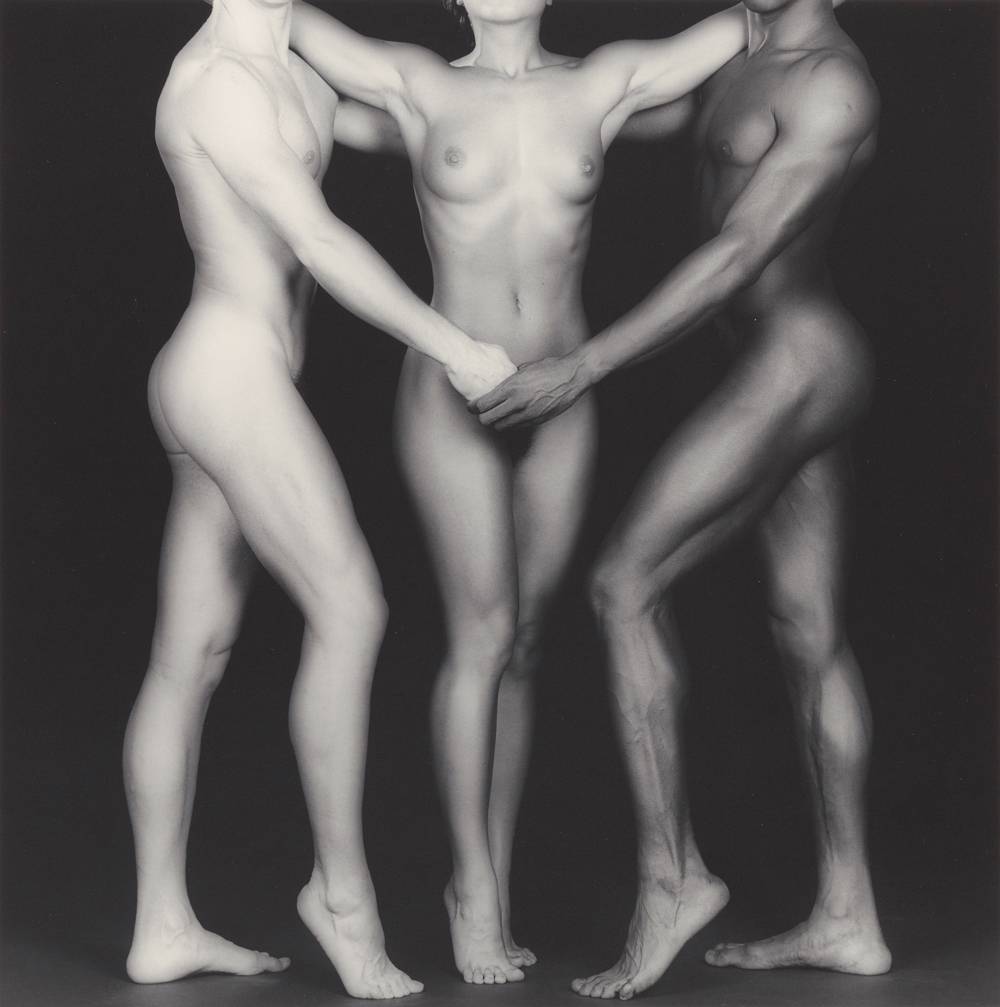Is this—Herbert Bayer’s all-seeing hands—what Laszló Moholy-Nagy had in mind when he called for a photography that would give us “eyes outside our bodies”? Between the end of World War I and World War II, a little more than two decades, photographers across Europe attempted to do just that: to offer, in the midst of chaos, a renovated vision of the modern world. The monumental exhibition FOTO: Modernity in Central Europe 1918–1945, organized by the National Gallery of Art in Washington, D.C., and visiting New York’s Solomon R. Guggenheim Museum (October 12, 2007–January 13, 2008), the Milwaukee Art Museum, and the Scottish National Gallery, reveals just how radical and extensive was the response to that call. Most of us have a fairly limited and clear sense of who made modern photographs—Steichen and Stieglitz, Cartier-Bresson, Weston and Evans—what they looked like (crisp black and white), and where they were made: principally New York and Paris. But across central Europe, in thriving photographic centers like Lvov (Poland), Brno (Czechoslovakia), and Budapest, photographers with names that stand as footnotes to the standard canon—Miroslav Hak, Umbo, Jaromir Funke, and for that matter Bayer himself—transformed photographic possibilities. They worked with radical camera angles, broke apart Cartier-Bresson’s “decisive moment” and reassembled it as photomontage, reduced photography to its bare essence in photograms and chemical abstractions, all in an effort to explore and express the confounding realities of a changing world. “The exhibition posits a new role for photography, and for all the arts,” says the exhibition’s curator, Matthew Witkovsky, whose research covered six countries and as many languages. “It is the dissemination of knowledge and approaches, from institutional centers across Europe.” So widely shared were ideas and visions across Europe that everyone, it seems, was engaged in visual experiments, and “hybrid positions,” as Witkovsky calls them, were the norm. So Herbert Bayer could make iconic Surrealist images and at the same time play a key role at the Bauhaus Institute, with its ideals of mechanical forms and geometric simplicity. The Communist closing of Eastern Europe to the West buried this essential history. Witkovsky has reconstructed a photographic lost world. One result is to elevate figures like Moholy-Nagy, Funke, and Karel Teige to their rightful places of influence as artists, teachers, and proselytizers. The second is to show that experimentation was the essence of modern photography, not its fringe. Perhaps most importantly, Witkovsky’s wide-ranging selection recovers the optimism inherent in the period in spite of its catastrophic realities. As Moholy-Nagy wrote: “There has never been an era in which legions of enlightened men set out … in search of new form—in which so many men burn with the fanatical flame from which bursts the cry of a new birth….”
Categories

